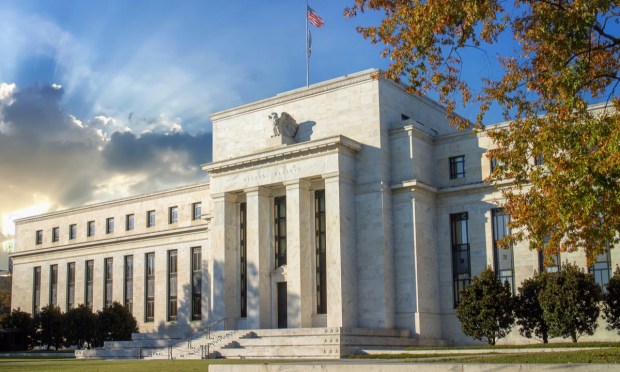
Just how resilient is the American consumer? It’s a key question facing the Federal Reserve.
As Bloomberg News reported Sunday (Oct. 29), officials from the U.S. central bank will hold a two-day policy meeting this week, where they are determined to keep interest rates between 5.25% to 5.5%, a more than two-decade high.
They’ll also discuss future rate hikes, balancing data about growth that threatens to fan the flames of more inflation against anticipations of a slowdown, the report said.
“If you look over the whole year things have been really solid, and the question is, how much staying power does this have?” Claudia Sahm, the founder of Sahm Consulting and former economist with the Federal Reserve, told Bloomberg.
As Bloomberg noted, the Fed’s efforts to control inflation has made it harder for consumers to take out car and home loans, and driving up the cost of credit card debt.
All the same, it hasn’t dampened demand, with recent government data showing consumers continuing to spend on travel and furniture, with the U.S. economy growing at the fastest rate in almost two years.
However, the report adds that there are signs consumers are struggling to stay on top of their bills, with credit card and auto loan delinquencies climbing after reaching low levels during the pandemic thanks to forbearance and loan forgiveness programs.
Meanwhile, there are also signs that higher-income consumers might embrace a few strategies to cope with worries inflation and dwindling stock portfolios.
These tactics include cutting back, trading down — and perhaps embracing buy now, pay later as the tool that helps them get through an extended rough patch.
According to the most recent University of Michigan survey of consumer sentiment, the data showed a decline, as consumers showed a heightened level of concern about prices, business conditions and the state of their personal finances.
“This decline was driven in large part by higher-income consumers and those with sizable stock holdings, consistent with recent weakness in equity markets,” the university’s Surveys of Consumers Director Joanne Hsu noted. The overall index measuring sentiment was 63.8, down 6% from September.
And while inflation and consumer spending remain strong, PYMNTS wrote last week that disposable income growth isn’t keeping pace, while personal saving as a percentage of disposable income is falling.
“The read across here is that U.S. consumers are facing pressure on their ‘spendable’ incomes and are not replacing what goes out the door, so to speak, as fast as they might otherwise be able,” that report said.
“We note that personal interest payments, which includes the interest obligations on debt, including but not limited to credit cards, was up 7% month over month in September.”